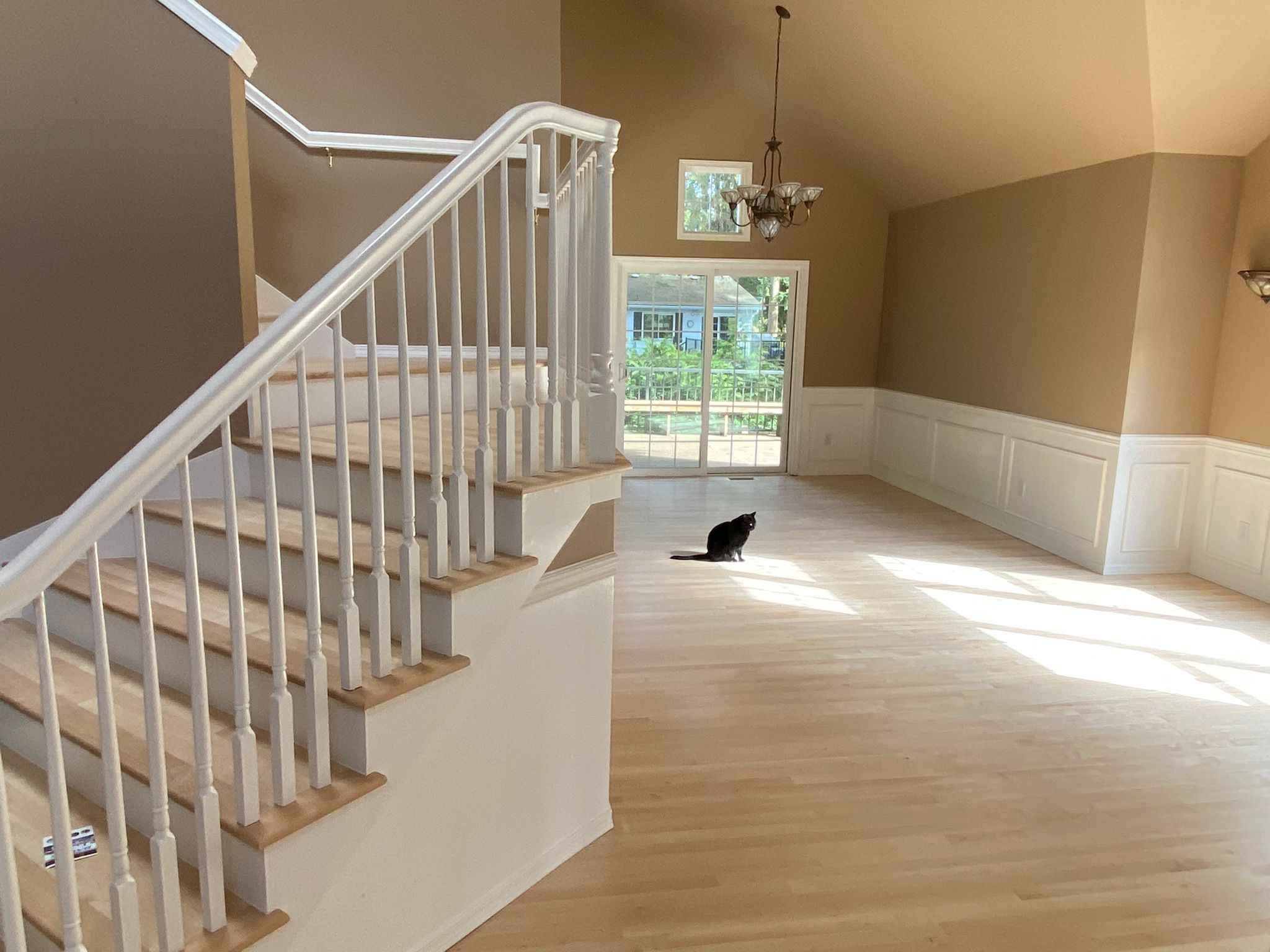General frequently asked questions
We believe in transparency and aim to provide you with all the information you need to make informed decisions about your project. If you don't see your question answered here, feel free to reach out to our team for personalized assistance.

-
What are two woods commonly installed as hardwood floors?
Here are two woods commonly installed as hardwood floors :
- Oak: Oak is the most popular wood for hardwood floors, known for its durability and longevity. It is available in two types: Red Oak and White Oak. Red Oak has a reddish hue and a higher level of grain, while White Oak has a more golden brown color and less variance in color.- Maple: Maple is a good choice if you are looking for a consistently toned wood that is lighter in color. It is available in different types, with Sugar Maple being the hardest and most commonly used for flooring. It is resistant to wear and tear, making it a great choice for high-traffic areas. -
How long does it take to install hardwood floors?
The length of time it takes to install hardwood floors can vary based on several factors:
Room size: A small room can take one to three days to complete, while larger rooms can take three to five days.
Type of hardwood: Solid hardwood takes longer to install than engineered hardwood.
Complexity of the installation: Intricate patterns, staircases and uneven subfloors can increase the installation time.
Expertise of the installers: Experienced installers can complete the installation faster and more efficiently.
Acclimation time: Hardwood flooring needs to be acclimated to the environment, which can take anywhere from five to 10 days. -
Do I need a vapor barrier under my flooring?
A vapor barrier is a crucial component to consider when installing flooring, especially in areas with high humidity or moisture. Its purpose is to prevent moisture from seeping into the flooring material, reducing the risk of damage, warping, or mold growth.You may need a vapor barrier under your flooring in the following situations:1. Concrete subfloor: If your subfloor is concrete, a vapor barrier is essential to prevent moisture from rising into the flooring material.2. High-humidity areas: Bathrooms, kitchens, and laundry rooms are prone to moisture, making a vapor barrier necessary to protect the flooring.3. Basements or crawl spaces: These areas are more susceptible to moisture, so a vapor barrier is crucial to prevent damage and mold growth.4. Flooring materials prone to water damage: If you're installing flooring materials like hardwood, laminate, or engineered wood, a vapor barrier is recommended to protect them from moisture.However, you might not need a vapor barrier in the following cases:1. Existing vapor barrier: If your subfloor already has a vapor barrier installed, you might not need an additional one.2. Dry, well-ventilated areas: If your flooring is in a dry, well-ventilated area with low humidity, a vapor barrier might not be necessary.3. Flooring materials resistant to water damage: If you're installing flooring materials like tile, vinyl, or cork, which are resistant to water damage, a vapor barrier might not be required.It's always best to consult with a flooring professional to determine if a vapor barrier is necessary for your specific situation. They can assess the conditions and recommend the best course of action.
-
Do you have to remove all furniture to install hardwood floors?
Yes, to install hardwood floors, you need to remove all furniture from the room.
Additional Tips
- Empty your closets, cabinets, and drawers
.- Protect your furniture: Use furniture pads and moving blankets to prevent scratches, bumps, and dents.
- Wait before putting furniture back: Wait at least five days before moving your furniture back to give the flooring enough time to set.

